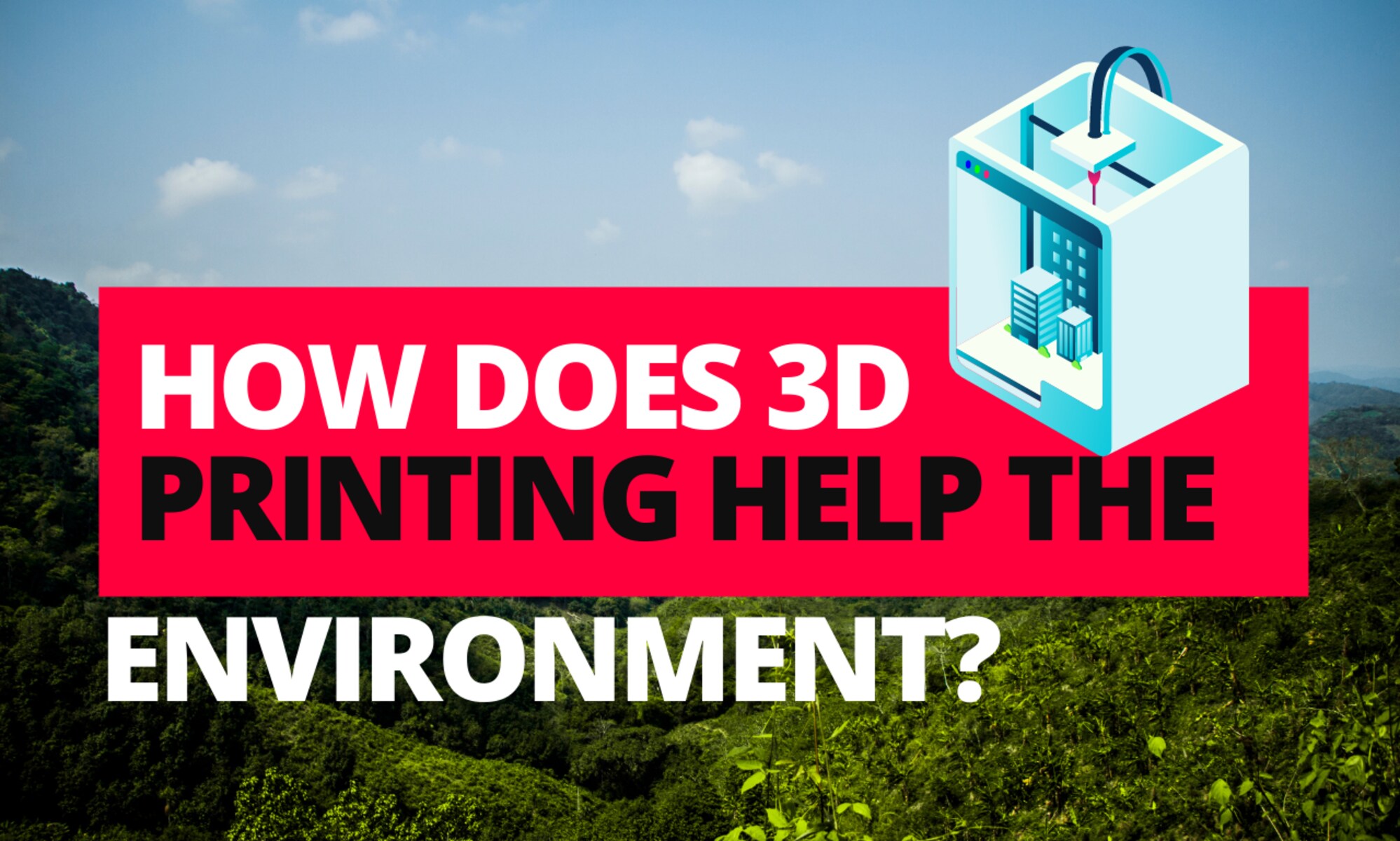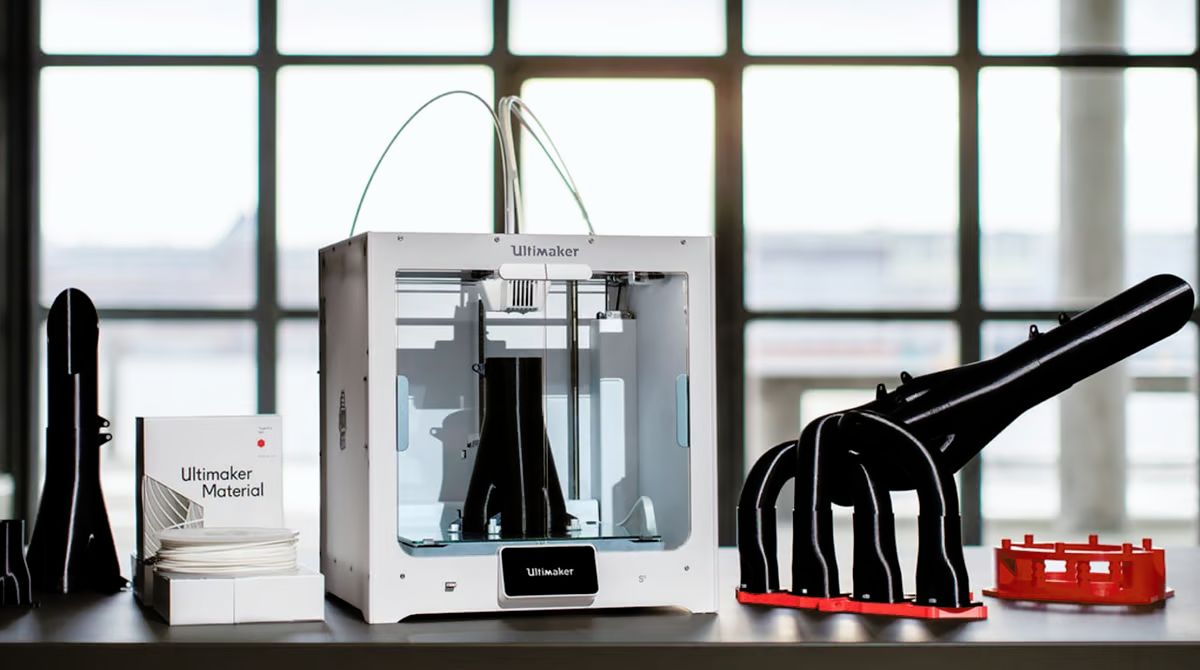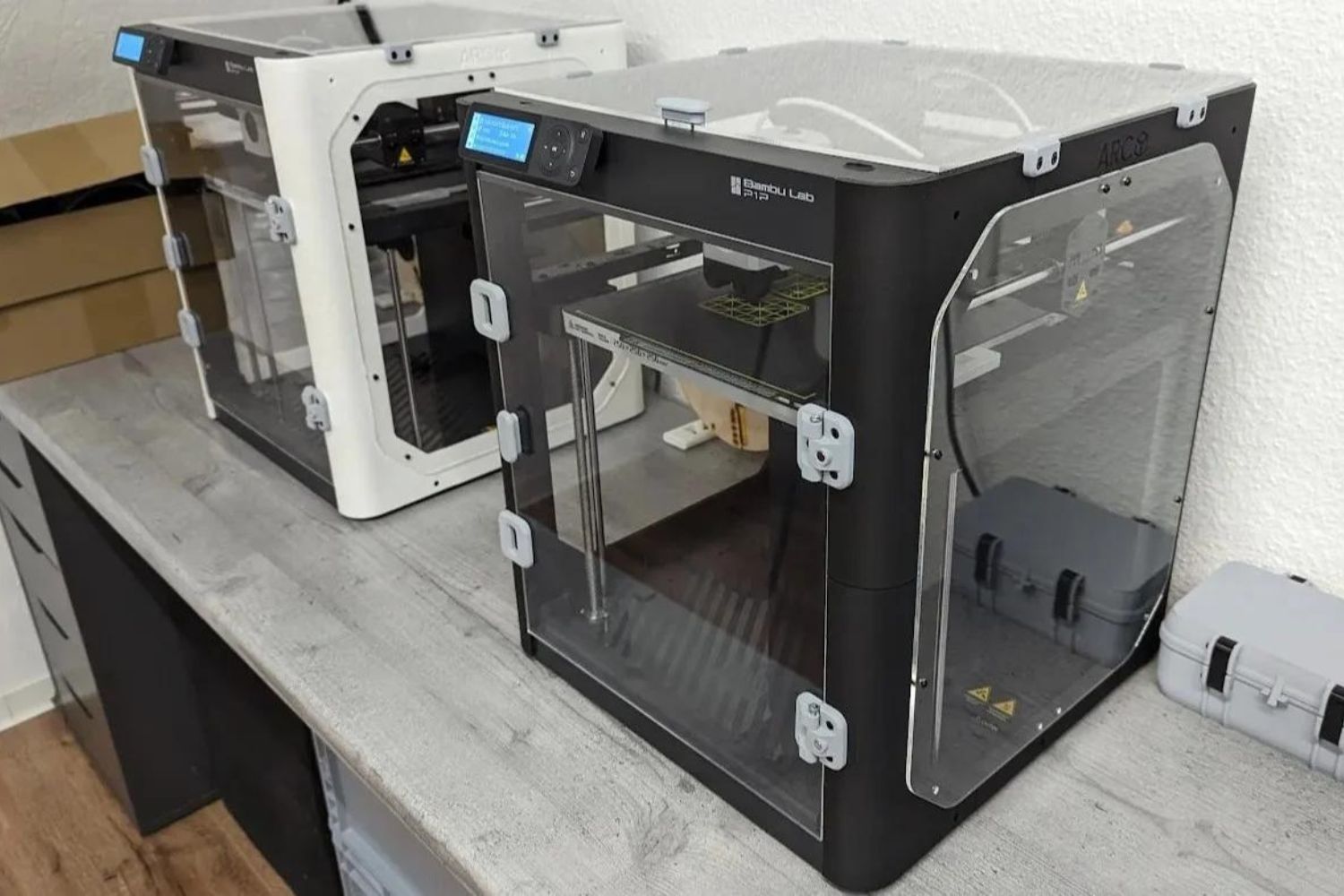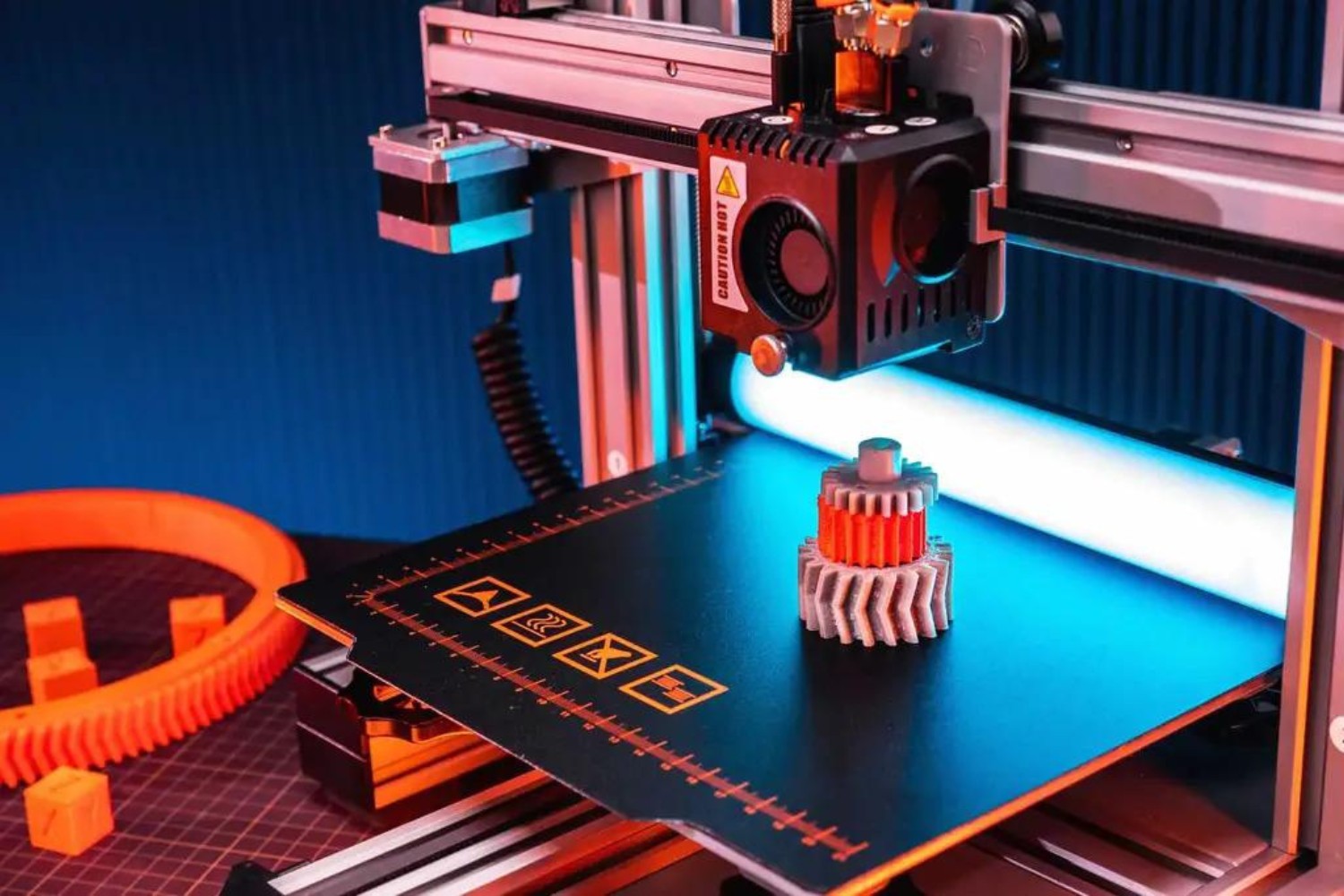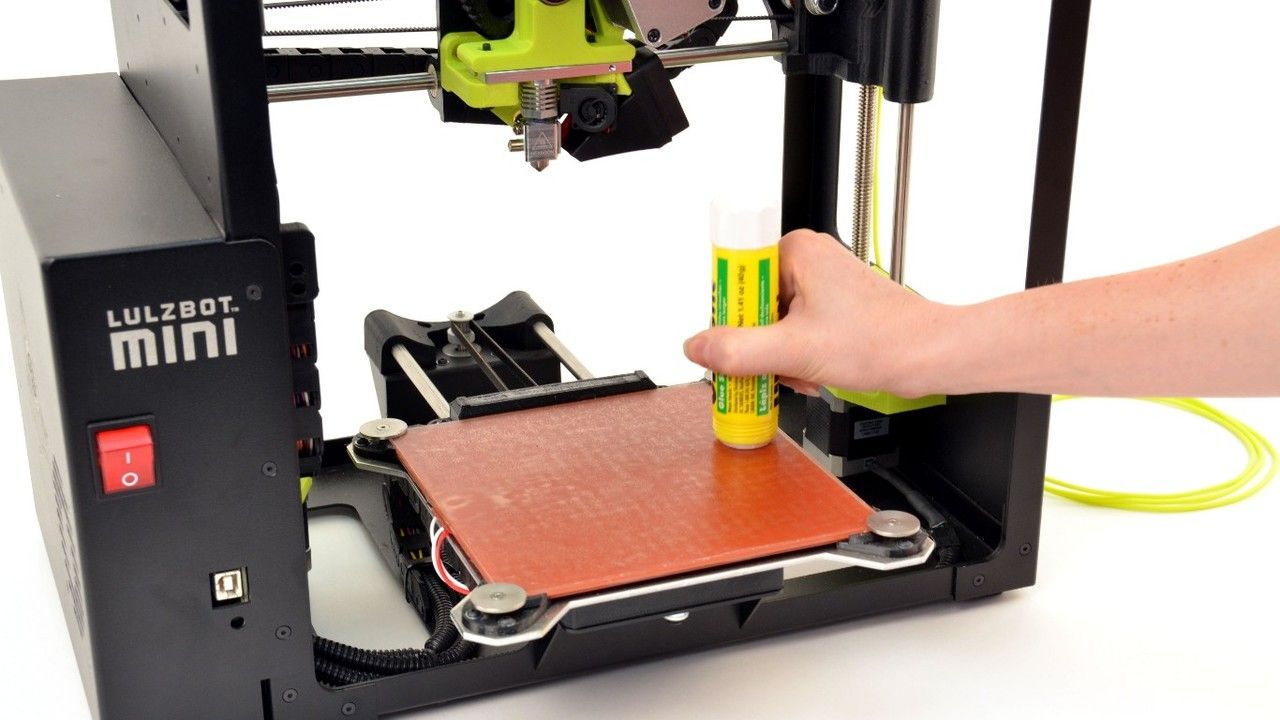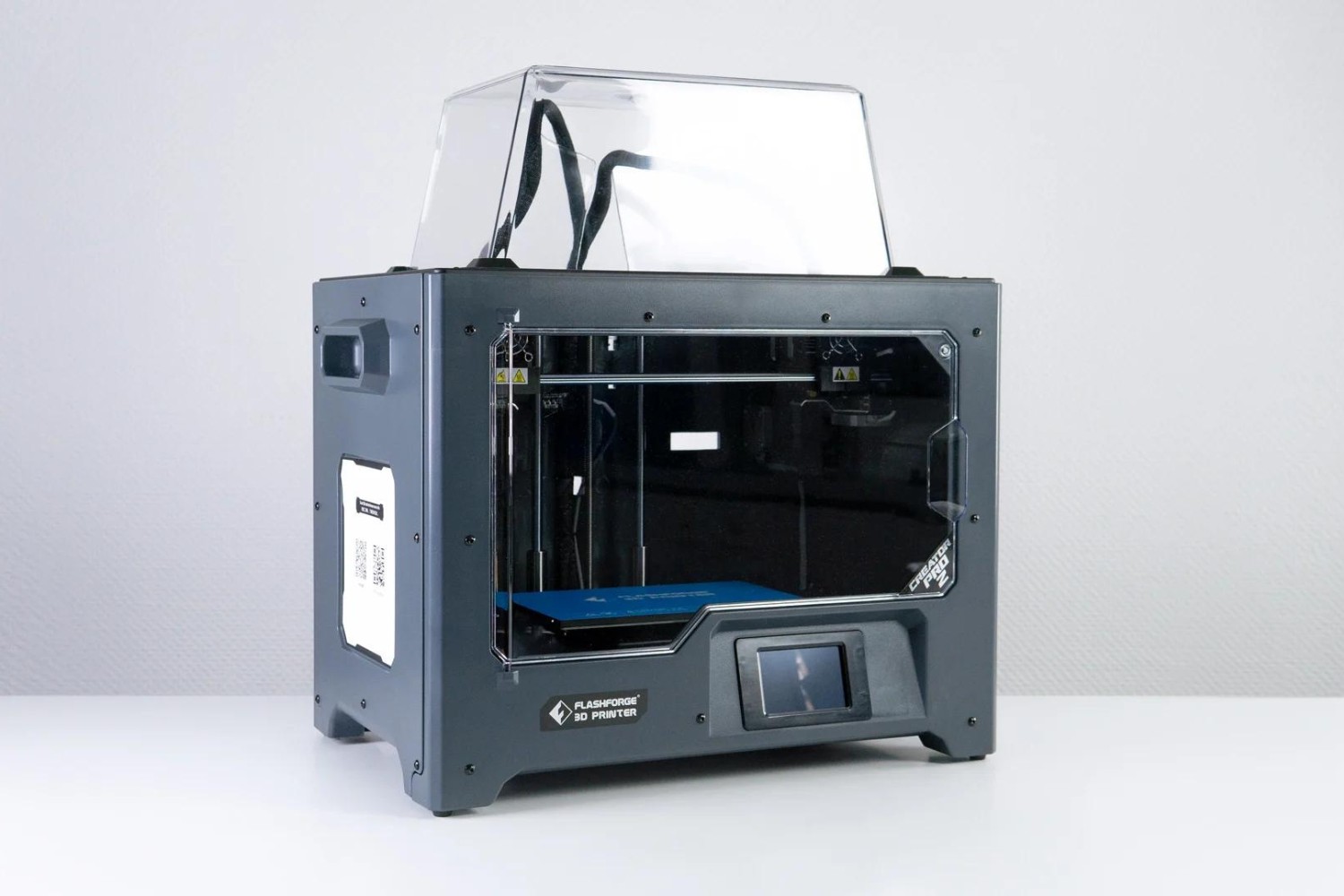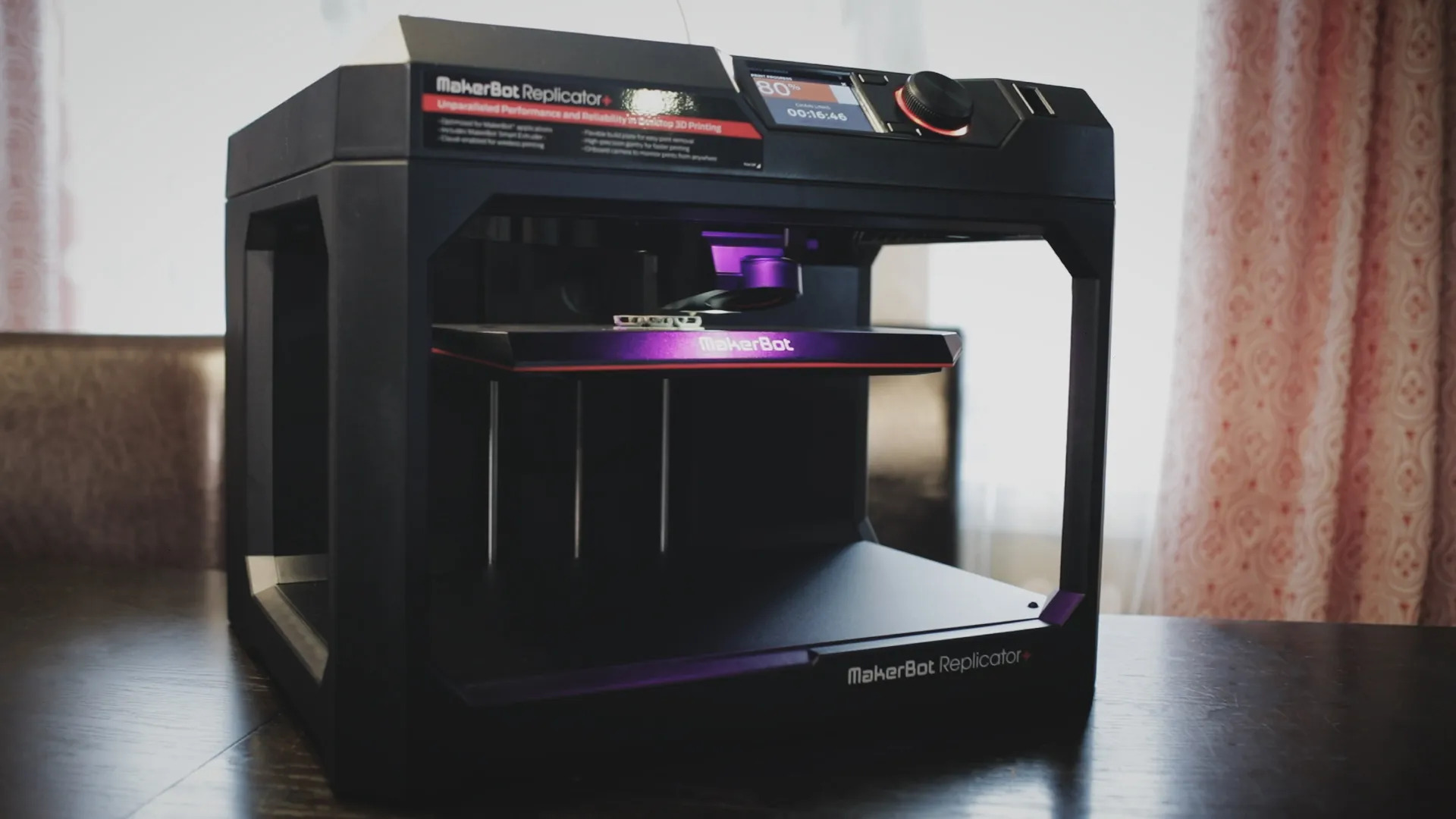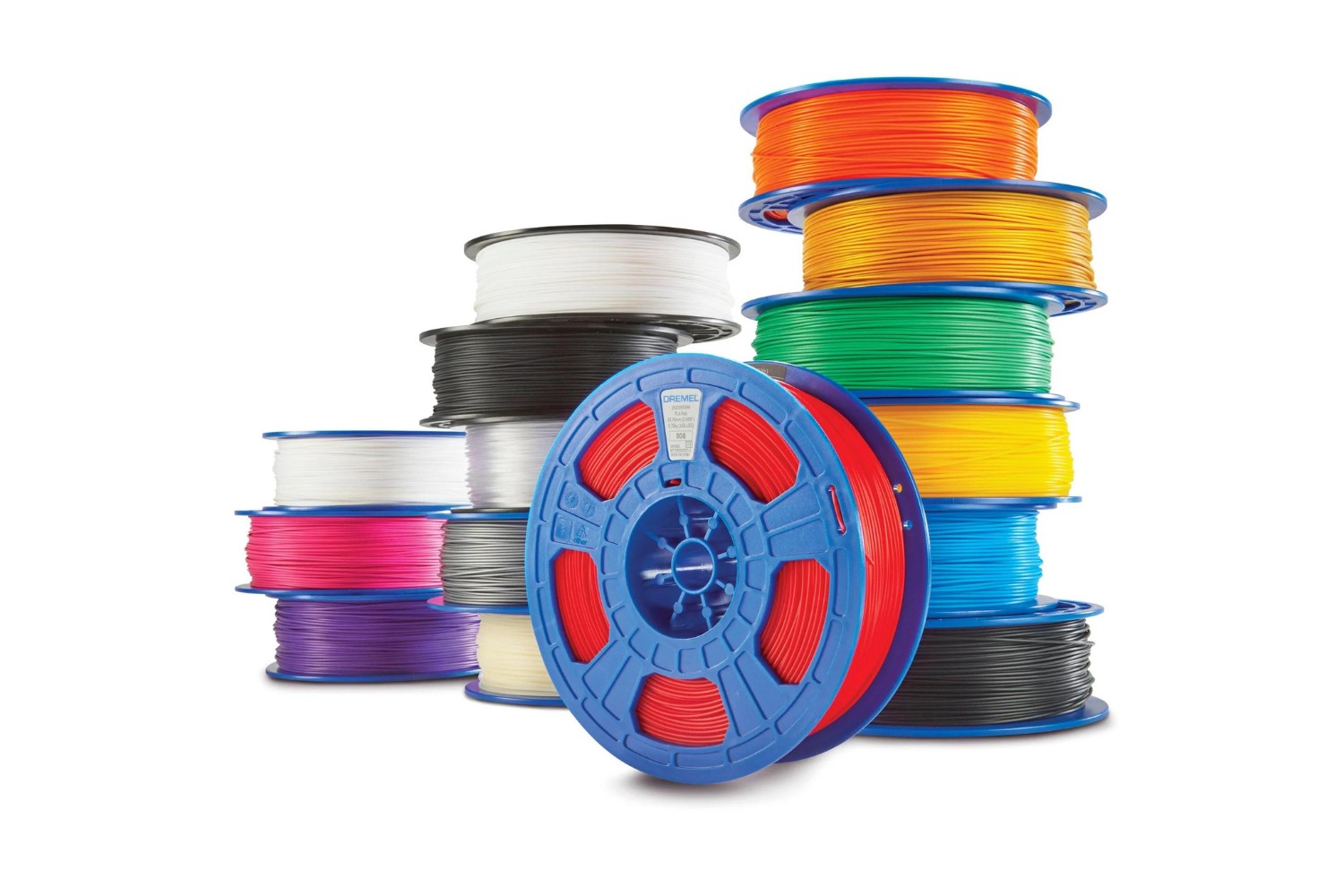Decreased Waste
One of the significant benefits of 3D printing technology is its ability to greatly reduce waste in the manufacturing process. Traditional manufacturing methods often involve subtractive manufacturing, where materials are cut, carved, or shaped from a larger block, resulting in a significant amount of waste. In contrast, 3D printing, also known as additive manufacturing, builds objects layer by layer, using only the precise amount of material needed.
This precise material usage results in minimal waste generation. Unlike conventional manufacturing, where excess material is often discarded, 3D printing allows for the optimization of material usage, minimizing the environmental impact. This is especially important when working with expensive or rare materials. With 3D printing, there is little to no leftover material that needs to be disposed of, reducing the overall waste footprint.
Additionally, 3D printing enables the production of complex geometries that would be difficult or impossible to manufacture using traditional methods. This ability to create intricate designs with intricate internal structures means that less material is required to achieve the same functionality. By reducing the volume of material used, 3D printing not only reduces waste but also helps conserve precious resources.
Moreover, the waste generated during the 3D printing process is often recyclable. Unlike other manufacturing processes where waste byproducts can be difficult to recycle or repurpose, many 3D printing materials, such as thermoplastics and metal powders, can be recycled and reused. This closed-loop system further minimizes waste, promoting a more sustainable approach to manufacturing. Manufacturers can recycle failed prints, excess materials, and even unwanted finished products back into the production cycle, reducing the need for raw material extraction.
In summary, 3D printing technology significantly decreases waste by using only the necessary amount of material, creating complex geometries that require less material, and enabling recyclability of materials used in the printing process. This reduction in waste not only benefits the environment by minimizing the amount of material sent to landfills or incinerators but also contributes to a more sustainable and resource-efficient manufacturing industry.
Energy Efficiency
Another advantage of 3D printing technology is its energy efficiency compared to traditional manufacturing methods. Traditional manufacturing processes often require large quantities of energy to operate complex and bulky machinery. In contrast, 3D printers utilize energy more efficiently by selectively depositing material layer by layer, eliminating the need for extensive machinery and high energy consumption.
3D printers only use the amount of energy required to heat the printing material, melt it, and deposit it onto the build platform. This precise energy consumption makes 3D printing an energy-efficient option, particularly for small-scale production or prototyping. The ability to print only the necessary parts and components without the need for additional machinery or excessive energy input reduces energy waste, making 3D printing more environmentally friendly.
Moreover, 3D printing enables localized manufacturing, significantly reducing energy consumption related to transportation and logistics. With traditional manufacturing, finished products often need to be shipped from centralized factories to various distribution centers or retail stores, resulting in significant energy expenditure in transportation. In contrast, 3D printing allows for on-demand production at the location where the item is needed, eliminating the need for long-distance shipping.
Additionally, the design flexibility of 3D printing enables the creation of lightweight structures, reducing the weight of parts and components. Lighter components require less energy to move and operate, resulting in energy savings throughout the lifespan of the product. This is particularly advantageous in industries such as aerospace and automotive, where weight reduction directly translates to fuel efficiency and emissions reduction.
Overall, 3D printing technology offers enhanced energy efficiency compared to traditional manufacturing methods. By using energy only where it is needed and enabling localized production, 3D printing minimizes energy waste and reduces the carbon footprint associated with transportation. As the technology continues to advance, further improvements in energy efficiency are expected, making 3D printing an increasingly sustainable option for various industries.
Reduced Carbon Emissions
3D printing technology offers a greener alternative to traditional manufacturing methods by significantly reducing carbon emissions. Traditional manufacturing processes often involve long and complex supply chains, involving transportation of raw materials, components, and finished products to different locations. This transportation generates substantial carbon emissions from vehicles and contributes to the overall carbon footprint of the manufacturing industry.
With 3D printing, localized production becomes a viable option. Products can be printed on-demand and close to the point of use, eliminating the need for long-distance shipping. This localized approach reduces the transportation-related carbon emissions associated with traditional manufacturing by minimizing the distances traveled by goods.
Additionally, 3D printing allows for the creation of lightweight and optimized designs. By using only the necessary amount of material and being able to create complex geometries with internal support structures, 3D printed objects are often lighter than their traditionally manufactured counterparts. This weight reduction directly translates to reduced energy consumption during use, resulting in lower carbon emissions, especially in industries such as aerospace and automotive.
Furthermore, 3D printing enables the use of eco-friendly materials, such as biodegradable plastics or bio-based polymers, which have a lower carbon footprint compared to traditional manufacturing materials. By utilizing sustainable materials, the environmental impact associated with the production and disposal of products can be significantly reduced.
Moreover, the ability to customize and create products on-demand through 3D printing further reduces waste and carbon emissions. Traditional manufacturing often involves producing items in bulk, resulting in excess inventory and potential waste. 3D printing enables a more demand-driven manufacturing approach, eliminating the need for overproduction and reducing unnecessary carbon emissions associated with the disposal of unused stock.
In summary, 3D printing technology helps in reducing carbon emissions by enabling localized production, creating lightweight designs, utilizing eco-friendly materials, and adopting a demand-driven manufacturing approach. By minimizing transportation-related emissions and optimizing material usage, 3D printing contributes to a more sustainable and environmentally conscious manufacturing industry.
Conservation of Raw Materials
3D printing technology plays a crucial role in the conservation of raw materials. Traditional manufacturing methods often involve significant material waste due to the subtractive manufacturing process, where excess materials are cut away from a larger piece. This wastage not only depletes valuable resources but also contributes to environmental degradation.
With 3D printing, materials are used more efficiently as they are added layer by layer to build the desired object. This additive manufacturing process allows for precise control of material usage, resulting in minimal waste generation. Only the necessary amount of material is used to create the product, eliminating the need for excess material that would otherwise end up as waste.
Moreover, 3D printing enables the use of recycled or upcycled materials, further conserving raw materials. Many 3D printers can process recycled plastics, metal powders, or other materials, reducing the demand for new raw materials and promoting a more sustainable approach to manufacturing. Recycling and reusing materials in the 3D printing process help to extend the lifespan of resources and reduce the environmental impact associated with their extraction.
Additionally, 3D printing technology allows for the creation of complex geometries and optimized designs, which require less material to achieve the same functionality. This design freedom enables the conservation of raw materials by reducing the overall volume of material needed in the manufacturing process. With traditional manufacturing methods, excess material is often inevitable due to the limitations of machining or molding techniques. However, with 3D printing, the ability to create intricate structures with minimal material usage helps in minimizing waste and preserving resources.
Furthermore, 3D printing supports the concept of distributed manufacturing, where products can be produced locally, closer to the point of consumption. This reduces the need for long-distance transportation of goods and eliminates the associated raw material requirements. By promoting localized production, 3D printing reduces the reliance on global supply chains and contributes to the conservation of raw materials.
In summary, 3D printing technology promotes the conservation of raw materials by using them more efficiently, utilizing recycled or upcycled materials, optimizing designs to reduce material usage, and enabling localized production. By minimizing waste generation and preserving resources, 3D printing offers a sustainable alternative to traditional manufacturing methods.
Localized Production
One of the significant advantages of 3D printing technology is its ability to enable localized production. Traditional manufacturing methods often involve a centralized production model, where goods are manufactured in large factories and then shipped to various distribution centers or retail locations. This global supply chain model not only adds complexity but also contributes to environmental issues such as long-distance transportation and increased carbon emissions.
With 3D printing, products can be manufactured on-demand and in close proximity to the end-users. This localized production approach eliminates the need for extensive transportation and reduces the carbon footprint associated with long-distance shipping. By minimizing logistical complexities and transportation-related emissions, 3D printing offers a more sustainable alternative to traditional manufacturing.
Furthermore, localized production through 3D printing brings several benefits to local economies. It allows for the establishment of small-scale manufacturing facilities in communities, creating job opportunities and stimulating local economic growth. This decentralized manufacturing model enables customization and personalized production, catering to the specific needs and preferences of local customers.
Moreover, localized production with 3D printing reduces the need for large-scale inventory storage. Traditional manufacturing often requires maintaining significant inventory levels to meet market demand. This practice not only consumes valuable resources but also leads to potential waste when products become outdated or unsold. 3D printing enables a more demand-driven manufacturing approach, where products can be printed as needed, minimizing the excess inventory and reducing waste.
Additionally, the ability to produce goods locally and on-demand allows for shorter lead times and faster delivery to customers. This agile manufacturing approach not only improves customer satisfaction but also reduces the overall energy consumption associated with transportation and warehousing.
Furthermore, localized production through 3D printing empowers small-scale manufacturers and entrepreneurs by reducing barriers to entry. The technology requires less capital investment compared to traditional manufacturing methods, making it accessible to a wider range of individuals and businesses. This fosters innovation, creativity, and entrepreneurship, driving economic development in local communities.
In summary, 3D printing enables localized production, minimizing the environmental impact associated with long-distance transportation and promoting economic growth at the local level. By reducing logistical complexities, enabling customization, and supporting demand-driven manufacturing, 3D printing revolutionizes the traditional centralized manufacturing model and offers a more sustainable and inclusive approach to production.
Customization and Personalization
3D printing technology revolutionizes the manufacturing industry by offering unprecedented levels of customization and personalization. Unlike traditional manufacturing methods, which often involve mass production and standardized products, 3D printing allows for the creation of unique and tailored items to meet individual needs and preferences.
With 3D printing, products can be easily customized and modified through digital design software. This flexibility enables consumers to personalize various aspects of the product, such as size, shape, color, and texture. Whether it’s a customized smartphone case, a personalized piece of jewelry, or a tailored prosthetic limb, 3D printing allows for the production of one-of-a-kind products that perfectly fit the individual’s requirements.
Moreover, 3D printing enables the creation of intricate and complex designs that would be difficult or impossible to achieve through traditional manufacturing methods. This opens up endless possibilities for unique and artistic creations. Designers and artists can leverage 3D printing to bring their imaginative designs to life, pushing the boundaries of traditional manufacturing constraints.
Additionally, 3D printing allows for the incorporation of personalized functional elements into products. For example, in the medical field, 3D printing can be used to produce patient-specific prosthetics, orthotics, and implants. These customized solutions provide better functionality and comfort, improving the quality of life for individuals with specific needs.
Furthermore, 3D printing technology enables rapid prototyping, reducing the time and cost associated with product development. Designers can iterate and test their ideas quickly, making adjustments before finalizing the design for mass production. This iterative process facilitates innovation and reduces the risk of releasing products that do not meet customer requirements.
Moreover, the ability to 3D print on-demand allows for the production of spare parts and components as needed. This is particularly beneficial in industries such as automotive and aerospace, where keeping a large inventory of spare parts can be costly and inefficient. By printing parts on-demand, manufacturers can reduce storage costs and ensure the availability of replacement parts without delay.
In summary, 3D printing technology enables customization and personalization by allowing for unique product designs, tailoring products to individual needs, incorporating personalized functional elements, facilitating rapid prototyping, and enabling on-demand production of spare parts. This level of customization revolutionizes the manufacturing industry, empowering consumers with unique and personalized products while driving innovation and efficiency.
Recycling and Reusing Materials
3D printing technology promotes a more sustainable approach to manufacturing through recycling and reusing materials. Unlike traditional manufacturing methods that often generate substantial waste, 3D printing allows for the recycling and reuse of materials, reducing resource consumption and environmental impact.
One of the key advantages of 3D printing is its ability to utilize recycled or reclaimed materials. Many 3D printers can process recycled plastics, metal powders, or other materials, transforming them into new products. This closed-loop system reduces the demand for virgin raw materials and minimizes waste by giving a second life to materials that would otherwise end up in landfills or incinerators.
Additionally, 3D printing enables manufacturers to recycle and reuse failed prints or unused material from previous printing jobs. These materials can be melted down and re-extruded for future use, minimizing waste and optimizing resource usage. This recycling capability not only reduces the environmental impact but also has cost-saving benefits for businesses.
Moreover, 3D printing allows for the optimization of material usage. Traditional manufacturing methods often involve subtractive processes where excess material is cut away from a larger block. In contrast, 3D printing builds objects layer by layer, using only the precise amount of material required. This precise material usage minimizes waste generation and maximizes the efficiency of resource utilization.
Furthermore, 3D printing technology allows for the design and creation of products with internal structures that are difficult or impossible to achieve with traditional manufacturing methods. These internal structures can be designed to be lightweight, reducing the overall material consumption without sacrificing structural integrity. By using less material, 3D printing helps conserve resources and reduces the environmental impact of manufacturing.
Additionally, 3D printing provides flexibility in creating products with interchangeable parts. This modularity allows for the recycling and replacement of specific components, prolonging the lifespan of the product. Instead of disposing of an entire product when a single part fails, users can simply replace the defective part, reducing overall waste and promoting a more sustainable consumption model.
In summary, 3D printing technology promotes recycling and reusing materials by facilitating the use of recycled or reclaimed materials, recycling failed prints and excess material, optimizing material usage, and enabling modular design for easy replacement of components. This approach helps conserve resources, minimize waste, and reduce the environmental impact of manufacturing processes.
Reduced Shipping and Transportation
3D printing technology offers significant benefits in terms of reducing shipping and transportation, making it a more sustainable manufacturing option. Traditional manufacturing often involves transporting goods from centralized factories to various locations, resulting in high energy consumption and carbon emissions.
With 3D printing, products can be produced locally, closer to the point of consumption. This localized production eliminates the need for long-distance shipping and reduces the carbon footprint associated with transportation. By minimizing the distances traveled by goods, 3D printing helps to reduce energy consumption and lower greenhouse gas emissions.
Moreover, localized production through 3D printing enables a more agile supply chain. Instead of maintaining large inventories and transporting goods across long distances, products can be produced on-demand and just-in-time. This reduces the need for extensive warehousing and transportation infrastructure, saving resources and reducing the environmental impact.
Additionally, 3D printing allows for the consolidation of multiple components into a single print, reducing the need for shipping individual parts. In traditional manufacturing, parts are often produced in different locations and then shipped to a central assembly site. With 3D printing, complex assemblies can be produced as a whole, eliminating the need to ship and assemble multiple discrete components.
Furthermore, 3D printing enables the production of lightweight and optimized designs. Lighter products require less energy to transport, resulting in lower fuel consumption and reduced carbon emissions. This weight reduction can have a significant environmental impact, especially in industries such as aerospace and automotive, where fuel efficiency is crucial.
Moreover, the ability to 3D print spare parts and components on-demand reduces the need for shipping and storing large inventories of replacement parts. Instead of waiting for shipments to arrive, manufacturers and consumers can simply print the required parts locally, reducing lead times and minimizing transportation-related emissions.
Furthermore, 3D printing technology has the potential to reduce the transportation of people. For example, in healthcare, 3D printing enables the creation of medical models and surgical guides that can be produced locally, reducing the need for patients and surgeons to travel for specialized consultations or surgeries. This not only saves time and money but also reduces carbon emissions associated with travel.
In summary, 3D printing technology reduces shipping and transportation by enabling localized production, consolidating components into single prints, producing lightweight designs, facilitating on-demand production of spare parts, and reducing the need for travel in certain industries. By minimizing the distances traveled and the associated carbon emissions, 3D printing contributes to a more sustainable and efficient manufacturing and distribution process.







